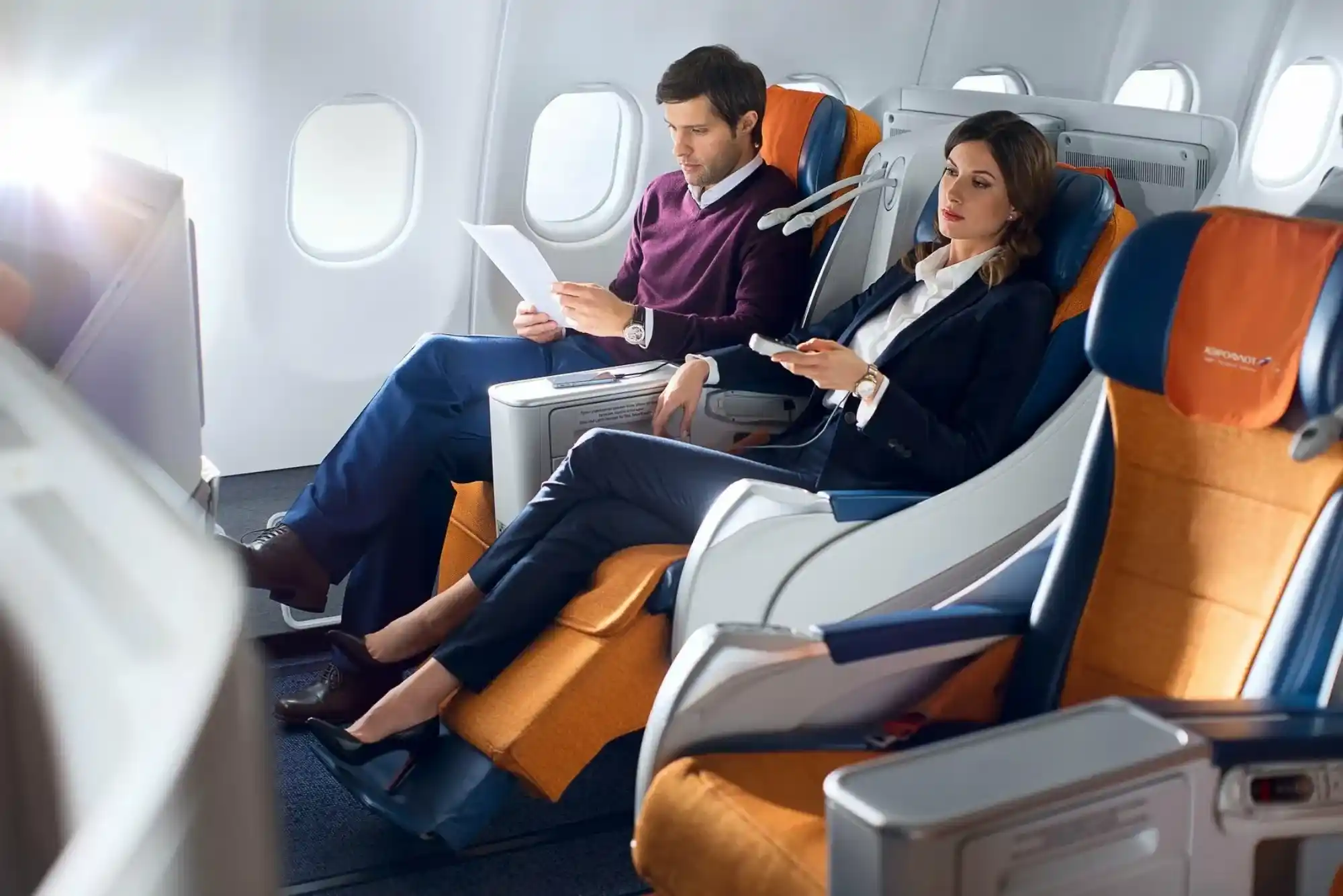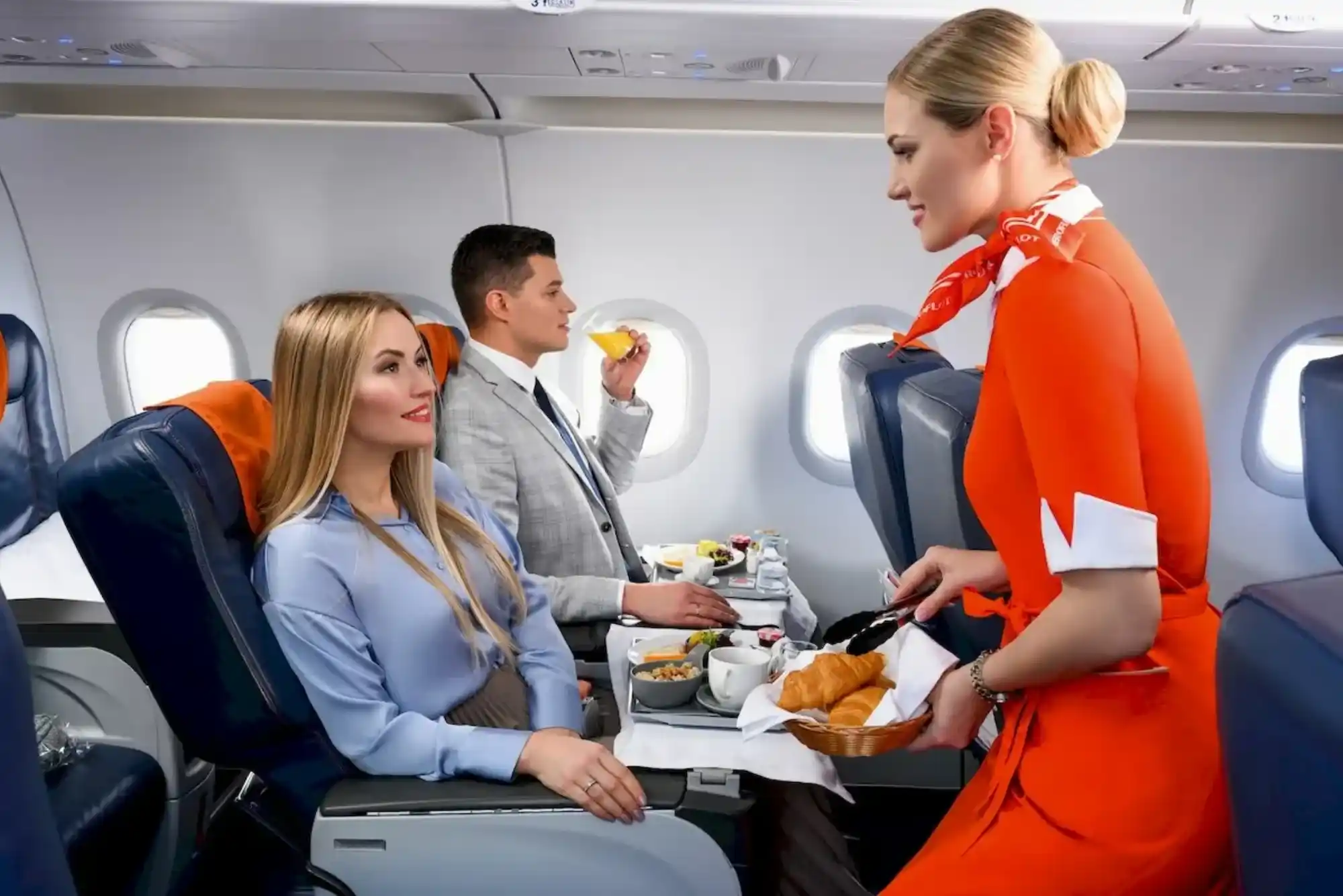Airline flights have revolutionized the way we travel across the globe. With the advancement in technology and the growth of the aviation industry, flying has become one of the fastest and most efficient modes of transportation. This article explores various aspects of airline flights, including their history, types, booking processes, and tips for travelers.
History of Airline Flights
The journey of airline flights began in the early 20th century with the first commercial flight taking place in 1914. A Benoist XIV biplane carried a passenger from St. Petersburg to Tampa, Florida. This marked the inception of commercial aviation. Over the decades, the aviation industry has seen significant advancements, including the development of larger aircraft, improved safety measures, and the introduction of jet engines, which have made flying faster and more accessible.
Types of Airline Flights
There are primarily two types of airline flights: domestic flights and international flights.
Domestic Flights
Domestic flights operate within a single country. They are typically shorter in duration and often cater to travelers who need to move quickly from one city to another. For example, flights connecting New York to Los Angeles are considered domestic flights in the United States.
International Flights
International flights connect different countries and usually require more extensive security checks and documentation. They often involve longer travel times and may offer additional services such as in-flight meals and entertainment. For instance, a flight from London to Sydney is an international flight that spans multiple time zones and offers a unique travel experience.
Charter Flights
Charter flights are another type of airline flights that are not part of the regular airline schedule. These flights are typically booked by a group for a specific purpose, such as corporate travel or vacation trips. Charter flights offer flexibility in terms of timing and destination but may be more expensive than scheduled airline flights.
Low-Cost Carriers
Low-cost carriers (LCCs) have gained immense popularity in recent years. They offer affordable travel options by cutting down on frills such as in-flight meals and entertainment. Travelers using airline flights with low-cost carriers can enjoy significant savings while still reaching their destinations.
How to Book Airline Flights

Booking airline flights can be done through various channels. Here are some popular methods:
Online Booking Platforms
Most travelers today prefer booking their flights online. Numerous travel websites allow users to compare prices, find deals, and select their preferred flight times. Popular platforms include Expedia, Kayak, and Skyscanner.
Airline Websites
Booking directly through an airline’s official website often provides the best rates. Airlines frequently offer exclusive discounts or promotions for customers who book directly. Additionally, customers can easily manage their bookings through the airline’s website, making it a convenient option.
Travel Agents
For those who prefer personalized assistance, travel agents can help with booking airline flights. Travel agents have access to a wide range of flights and can offer valuable advice on the best options based on the traveler’s needs.
Understanding Airline Flight Classes
Airline flights are categorized into different classes, providing various levels of comfort and service. The main classes are:
Economy Class
Economy class is the most affordable option for travelers. While it offers basic amenities, such as a seat and in-flight service, it often lacks the extra space and luxury found in higher classes. Economy class is suitable for budget-conscious travelers who prioritize price over comfort.
Business Class
Business class provides a more comfortable experience, with wider seats, better meals, and additional amenities. Business travelers often prefer this class for the added comfort and the ability to work during the flight.
First Class
First class offers the highest level of luxury and service. Travelers in first class enjoy spacious seating, gourmet meals, and personalized service. This class is ideal for those who are willing to pay a premium for an exceptional travel experience.
Tips for Finding the Best Airline Flights
Finding the best airline flights involves some research and planning. Here are a few tips to help travelers secure the best deals:
Be Flexible with Travel Dates
Flexibility in travel dates can lead to significant savings. Airfare fluctuates based on demand, and being open to traveling on different dates can help travelers find lower prices.
Use Fare Comparison Tools
Several websites and apps allow users to compare fares from multiple airlines. Utilizing these tools can help travelers identify the best deals available.
Set Fare Alerts
Many travel websites offer fare alerts that notify users when prices drop for specific routes. Setting these alerts can help travelers snag the best deals on airline flights.
Consider Nearby Airports
Sometimes, flying into or out of a nearby airport can result in cheaper airfare. Travelers should check multiple airports within reasonable distance from their departure or arrival locations.
What to Expect During Airline Flights
Understanding what to expect during airline flights can make the journey smoother for travelers. Here are some common aspects of the flying experience:
Security Checks
Travelers must go through security checks before boarding their flights. This involves screening luggage and passing through metal detectors. It is important to arrive at the airport early to allow ample time for security procedures.
Boarding Process
Airlines typically announce boarding procedures based on seating groups. Travelers should listen carefully for their group number to avoid delays and ensure a smooth boarding process.
In-Flight Services
Depending on the class of travel, in-flight services can vary significantly. Economy class passengers may receive light snacks and beverages, while business and first-class passengers enjoy gourmet meals and extensive drink options.
Turbulence
Turbulence is a common occurrence during flights and can cause discomfort for passengers. It is important to remain seated with seatbelts fastened during periods of turbulence to ensure safety.
The Future of Airline Flights

The future of airline flights is expected to be shaped by advancements in technology and changing consumer preferences. Here are some trends to watch for:
Sustainability
As environmental concerns grow, airlines are exploring more sustainable practices. This includes investing in fuel-efficient aircraft and exploring alternative fuel sources to reduce carbon emissions.
Improved Passenger Experience
Airlines are continually looking for ways to enhance the passenger experience. This includes advancements in in-flight entertainment systems, connectivity options, and overall comfort during flights.
Increased Use of Automation
Automation is expected to play a larger role in airline operations. From check-in kiosks to automated baggage handling systems, technology will streamline various processes and improve efficiency.
FAQs About Airline Flights
| Question | Answer |
|---|---|
| What are the most common types of airline flights? | The most common types are domestic flights, international flights, charter flights, and low-cost carrier flights. |
| How can I book airline flights? | You can book airline flights through online booking platforms, directly on airline websites, or by contacting travel agents. |
| What classes are available on airline flights? | Airline flights typically offer economy class, business class, and first class, each providing different levels of comfort and service. |
| How can I find the best deals on airline flights? | To find the best deals, be flexible with travel dates, use fare comparison tools, set fare alerts, and consider nearby airports. |
| What should I expect during the flight? | Expect security checks, a boarding process, in-flight services varying by class, and potential turbulence during the flight. |
Airline flights have become an essential aspect of modern travel, connecting people across continents and making the world more accessible. Understanding the various types of flights, booking processes, and what to expect during the journey can enhance the travel experience. Whether you’re a seasoned traveler or embarking on your first flight, this comprehensive guide to airline flights serves as a valuable resource for navigating the skies with confidence.




